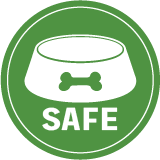One of Your Dog's Most Awesome and Striking Natural Talents
They definitely far surpass us in this department. By leaps and bounds and 10,000 times. Though at first glance the function appears the same, their anatomy gives them advantages we can never measure up to. They deserve your pure and absolute adoration.
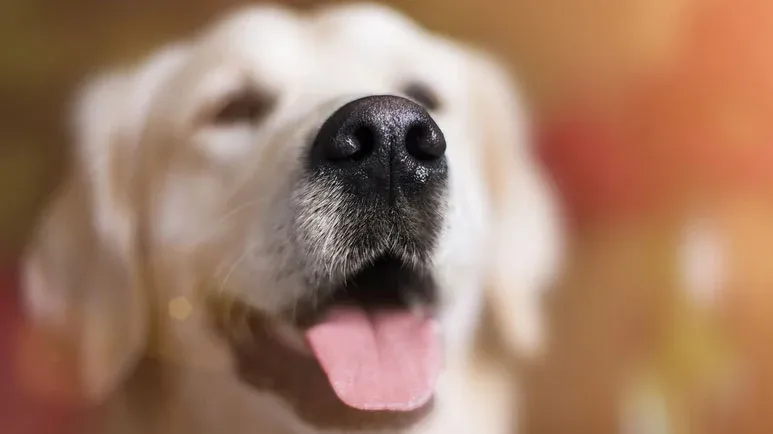
STORY AT-A-GLANCE
- How well do dogs smell? Scientists say thousands of times better than humans; dogs have about 50 smell receptors, while humans only have one
- Humans use the same air passage to both breathe and smell while dogs have a fold of tissue that separates those functions
- Dog noses are so unique they can be printed for later identification, if needed
- Some breeds are trained to find the freshest track while others follow a specified scent using their ears and, in some cases, their wet noses
- The superior smelling capabilities of dogs — even yours — may give you a new respect for the incredible skills our canine companions possess
Editor's Note: This article is a reprint. It was originally published June 30, 2016.
It's true — dogs have a terrific sense of smell. Sure, they can smell an aromatic steak on the grill, but sometimes they can detect odors that we're completely unaware of, such as the neighbor's cat stalking the front yard — even the presence of certain medical conditions.
Accounts of how dogs are able to detect the scent of cancer, traces of peanuts in food for allergic individuals and even bed bugs make their skill not just convenient but, in some cases, critical. How do they do it?
Nosey Facts About Your Dog's Sniffer
- Dog smellers vs. human
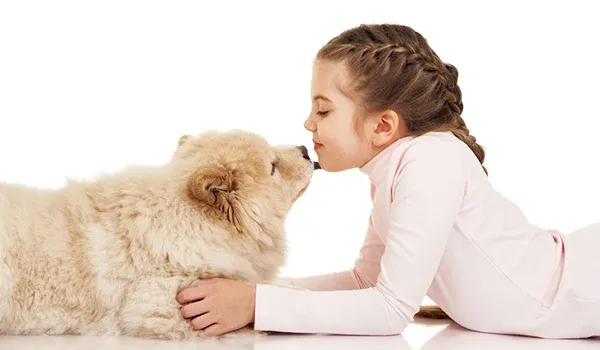
Scientists have gauged the stellar sniffing abilities of dogs to range anywhere from 10,000 to 100,000 times greater than a human's. While humans have one olfactory receptor, dogs have about 50. As one writer put it: in comparison, "human noses are altogether pitiful." - Short-snouted pups are less smell sensitive

Flat-faced and short-nosed dogs such as the pug, Pekinese, Chihuahua and boxer, have fewer scent-detecting receptor cells than dogs with longer snouts, such as a German Shepherd or bloodhound, which have 225 million and 300 million, respectively. - Dogs' noses are made different than ours
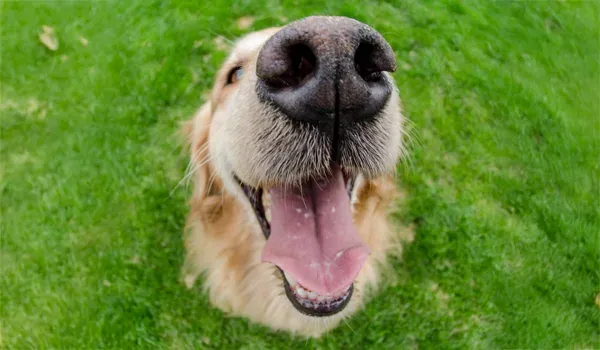
When humans inhale, we use the same air passage to both breathe and smell. Dogs' noses, on the other hand, include a fold of tissue that separates the two functions.
Both human and dog noses contain bony turbinates, or plates, but inside a dog's nose is a microscopically small, spongy membrane containing the scent cells. Like an accordion, if you could unfold all the crevices, the total surface may be as large as 60 square inches.1 No wonder they can smell so well! - Some dogs’ ears work with their noses
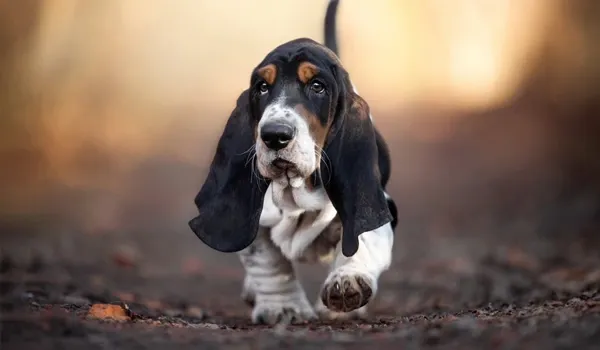
Many dog breeds feature long, floppy ears to give them the unique talent of fanning aromas up into their nostrils, making their noses all the better to smell with. - Scent-tracking pups are persistent
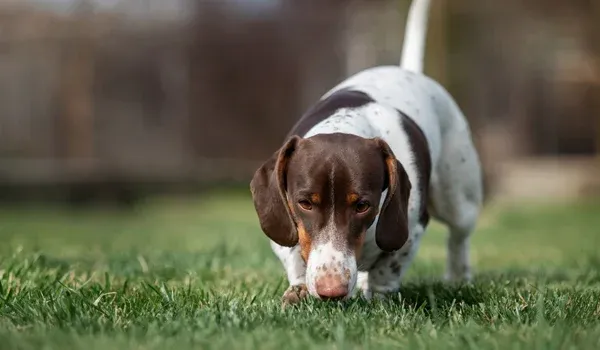
Some dogs are enthusiastic about every one of the thousand things they catch a whiff of, say, on a walk in the woods or romp on the beach. But scent-tracking dogs zero in on specific targets and can walk right past a squirrel to find the source of the scent they're focused on. - The best dog-sniffing breeds
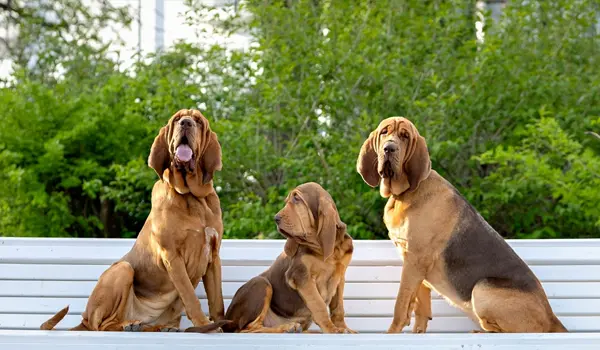
Bloodhounds have such scent-sensitive snoots that their excellent detection skills are helpful for purposes of law enforcement. They've even carried weight in court. Beagles are often chosen for sniffing duty by narcotics and U.S. Customs and Border Patrol (CBP) agents.
German Shepherds are one breed used by police and the military for rescues and also drug detection. Dachshunds were bred to smell out badgers, and the Harrier was used to hunt rabbits (aka "hare"). Other notable noses belong to Basset Hounds, several Coonhound breeds and Labrador Retrievers.2 - Some dogs trail, others track; some can do both
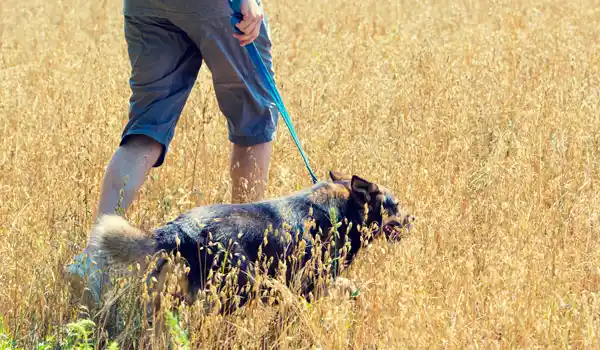
There's a difference between dogs who can trail and others known for their tracking abilities, but many dogs are trained to do both, as one article describes:
"These dogs basically follow footsteps, they are orientated to a mixture of human scent and ground disturbance. They work on a long line and do not work from a scent article. They follow the freshest track.
(Trailing dogs) usually work from a scent article. They can work on or near the track to a good distance from the track depending on wind and environmental conditions, but they follow only the specified scent. They work on a long line and can work in wilderness, urban areas, buildings, in vegetation or on hard surfaces, (pavement)."3
- What's the wet nose all about?
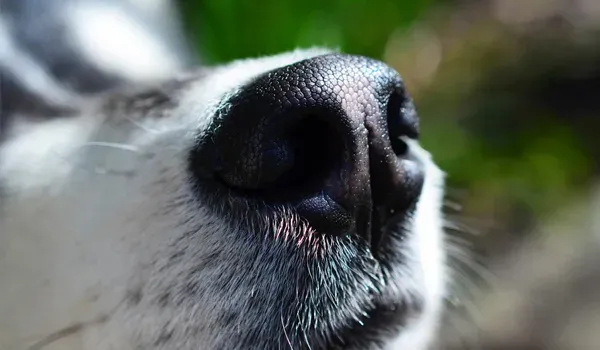
Dogs have wet noses for different purposes. The primary reason they secrete mucous is to pick up smells better. Dogs also lick their noses quite often, which is their way of cleaning them when they've stuck their noses in their food or in the dirt. Dogs' noses are often wet because it helps them cool down.
In case you've heard that dogs with dry noses may not be feeling well, one dog expert says that's not necessarily so. Dogs can be sick and still have a wet nose. Their proboscis moisture may just fluctuate with the weather or environment, or even the time of day.4 - Dogs' nose prints are completely unique
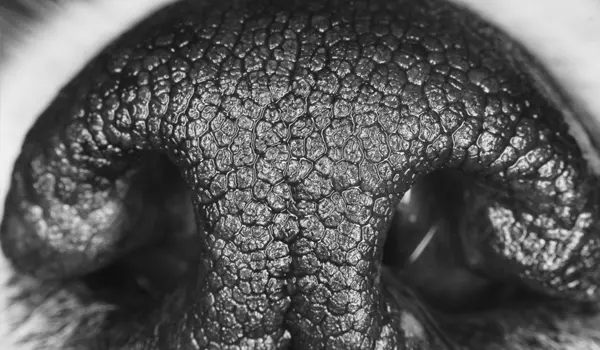
Like the fingerprints of humans, a dog's nose print may be just as individualized. There are companies that register the nose prints of canines and store them in case the pet is lost or stolen, and kennels have begun a similar procedure. Canada has used this procedure to identify dogs for decades.5
You can get your own dog's nose print using food coloring (never paint or ink). First, wipe his nose with a towel to dry it, pour the food coloring over a folded paper towel and gently press your pet's nose onto the ink, making sure to cover the impressions on the sides. It may take a couple of tries! Food coloring is safe for this purpose and comes off easily. Dry the paper towel and store it away in case it's ever needed.
Dog Noses Deserve Respect
Some breeds' noses are more acute than others. Dogs can be trained to hone in on scents that often seem odd, extraordinary and even heroic. Just a few of those include dogs' trained or innate ability to pick up the scent of explosives, drugs, missing persons, criminals on the run and strangers on your property.
The superior smelling capabilities of dogs — even yours — may give you a new respect for the incredible skills our canine companions possess.



